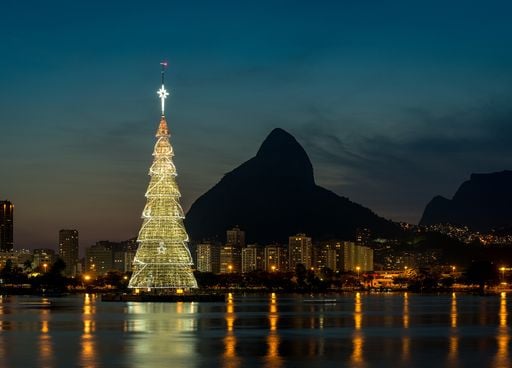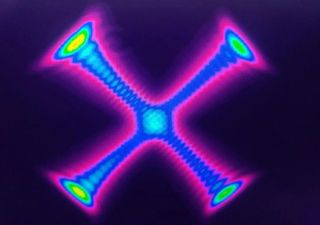The incredible and rare optical phenomenon of the "broken spectrum", how does it originate?
This phenomenon manifests itself through the appearance of a large, undefined and black silhouette, which is nothing other than the shadow of the observer, surrounded by a halo similar to a rainbow.
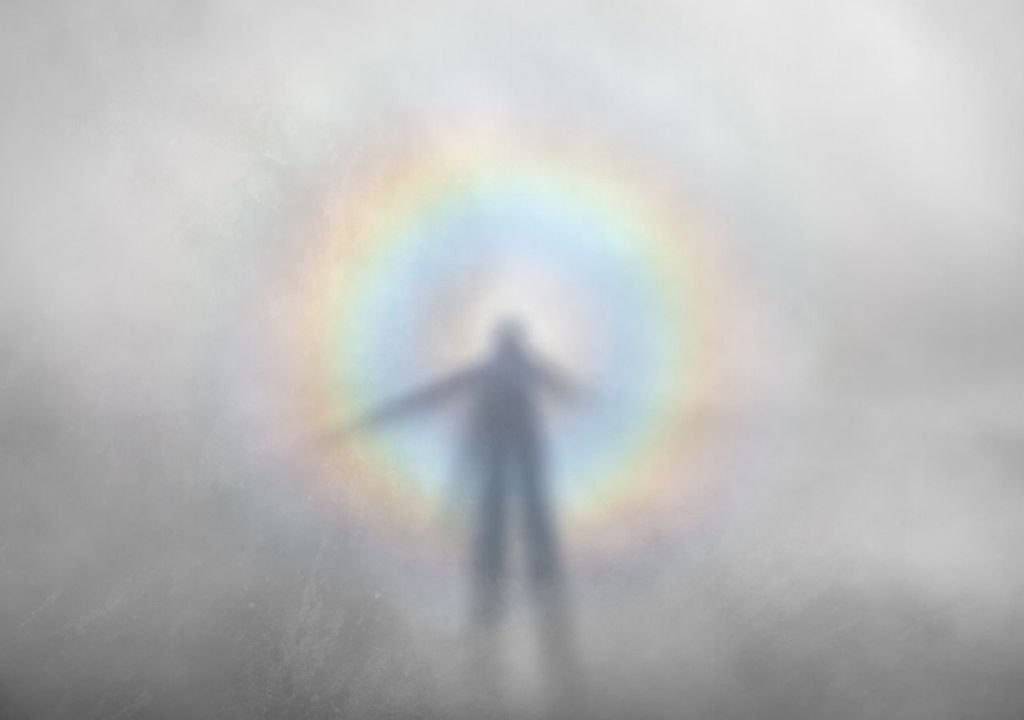
The Brocken spectrum, also known as "Solar Glory", is a very rare optical phenomenon that occurs very rarely, in particular atmospheric conditions, when walking in the mountains. This phenomenon manifests itself through the appearance of a large, undefined and black silhouette, which is nothing other than the shadow of the observer, surrounded by a halo similar to a rainbow. Often his appearance amazes the observer so much that it leads him into a mystical experience.
Why is it so rare to observe it?
The phenomenon is rare and difficult to observe because it occurs only when the sun remains quite low, behind the observer. At the same time, the latter must be at the upper limit of a layer of clouds, dominated by a clear and serene sky.
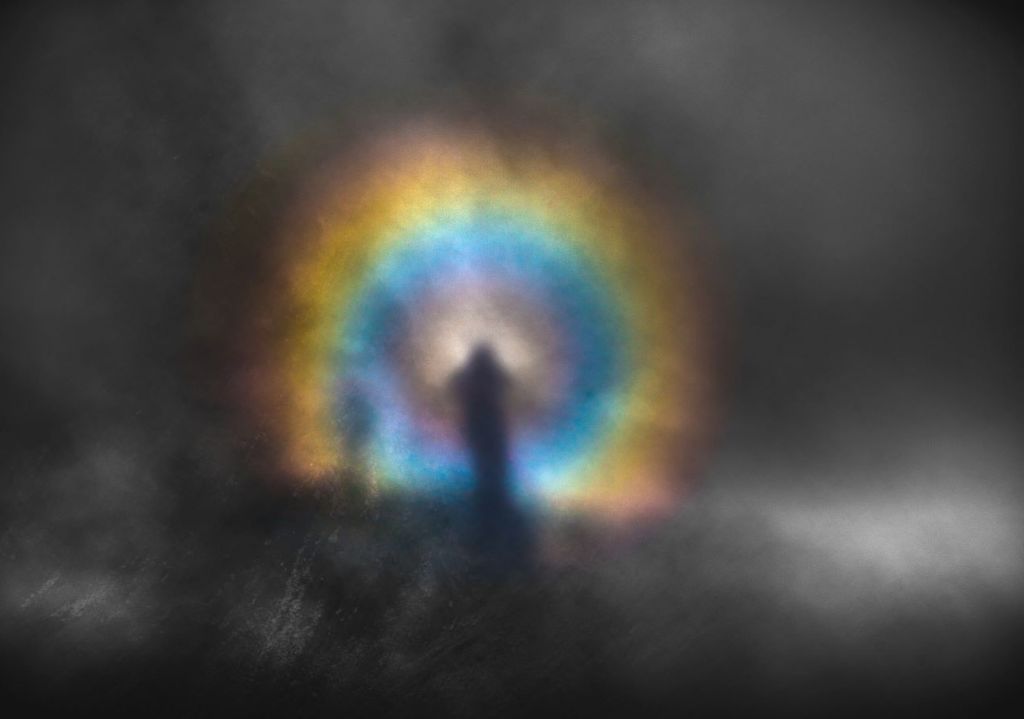
Only in this way can the sun project the enlarged shadow of the observer against the white carpet of clouds. The enlargement of the shadow that the observer perceives is an illusion caused by the fact that the surface of relatively close clouds is judged to be at the same distance as the objects on the ground visible in the gaps between the clouds, which are actually much further away.
Same dynamic as rainbows
The phenomenon of “Glory” or “Broken spectrum” is formed following the same dynamics as rainbows. In fact, it is the result of the diffraction of sunlight by drops of water.
The angular size is much smaller than that of a normal rainbow, ranging between 5° and 20° depending on the size of the droplets. The colours become more saturated the larger the drops of water are, while with small drops the colours tend to fade and become closer to white. This explains the notable chromatic differences between a rainbow and the “Broken spectrum”.
Origin of the name
The name of this particular optical effect comes from Mount Brocken, 1141 metres high, the highest peak in the Harz mountain range in northern Germany, where the phenomenon has been observed several times as the area is particularly foggy.
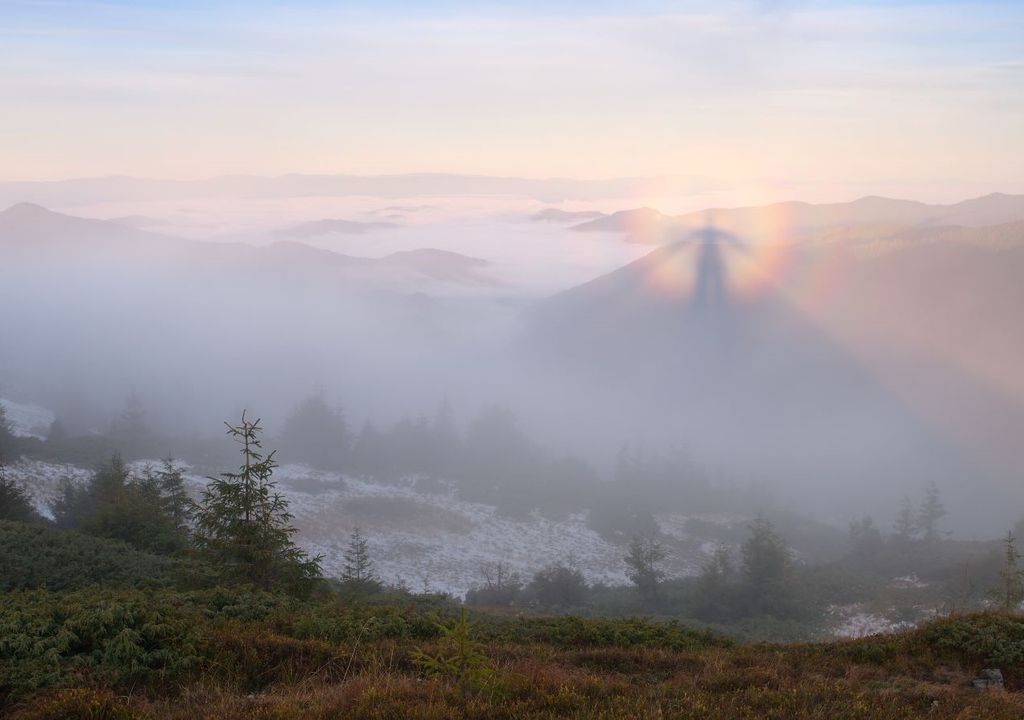
The spectrum is observable only at high altitude, in the high mountains, in the presence of low clouds (stratus, stratocumulus) close to the ridges. Even more often it is observed in flight, when a plane moves above the clouds, projecting its shadow onto them, also surrounded in this case by the circular rainbow.
The first observations of the rare phenomenon
From historical sources we know that the first observation of the phenomenon dates back to 1736, in the Andes, Peru, reported by a French expedition led by Charles Marie de La Condamine and Pierre Bouguer. The phenomenon was also later described by Johann Esaias Silberschlag, a German shepherd and natural scientist, in 1780.
In China this phenomenon is called Buddha Light. It was often observed on high cloud-covered mountains, such as Huang Shan and Mount Emei. Because the coloured halo always surrounds the observer's shadow, it was often considered to indicate the observer's personal enlightenment associated with the Buddha or something divine

